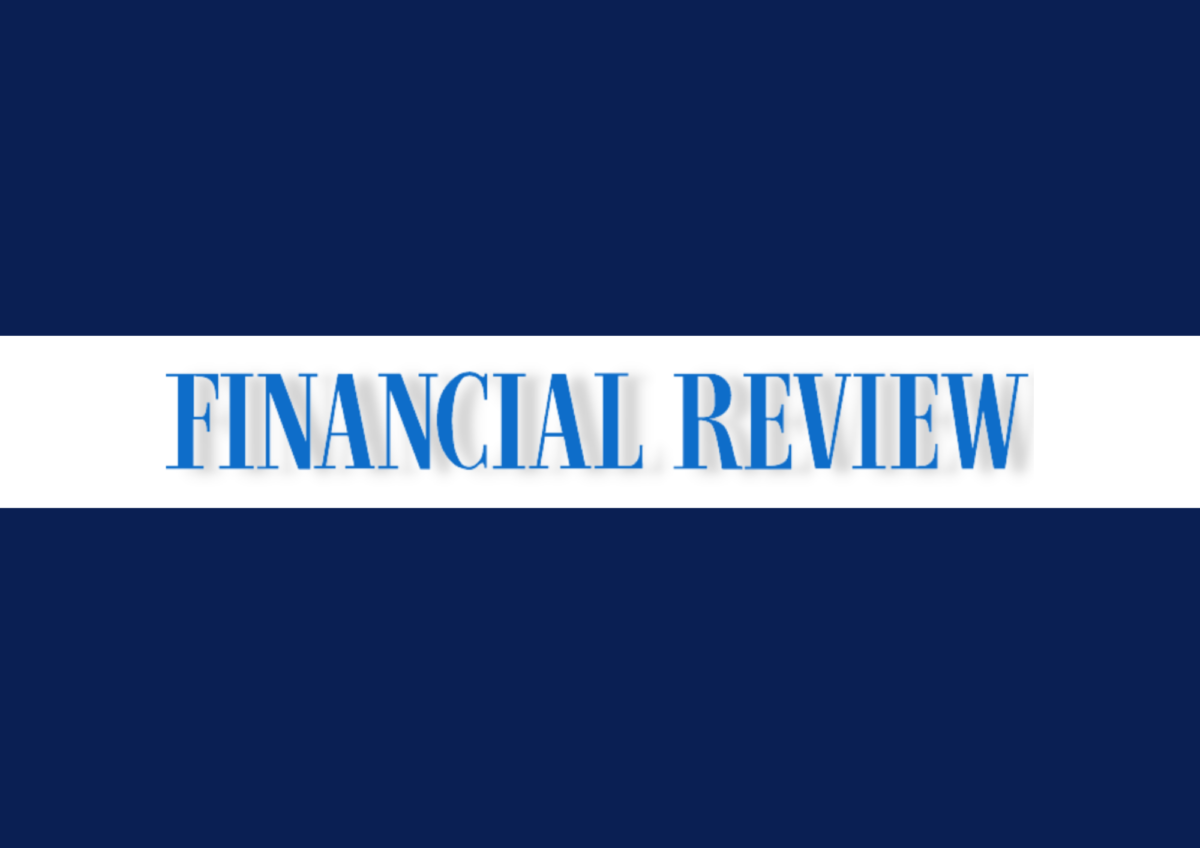Rinehart reloads in iron ore with sights set on 100m tonnes
Gina Rinehart has unveiled a major shake up in the running of Hancock Prospecting’s core iron ore businesses as it targets a boost in production to 100 million tonnes a year. The leadership re-set at Australia’s most successful private company comes as it looks to lift production at the flagship Roy Hill mine, add new mines to the Atlas Iron operations and build export facilities at Port Hedland under a partnership agreement with Chris Ellison’s Mineral Resources. The changes show Mrs Rinehart has no intention of taking her eye off the ball in iron ore while Hancock pursues acquisitions and major investments in onshore gas and green minerals.

Article by Brad Thompson courtesy of the Australian Financial Review.
Gina Rinehart has unveiled a major shake up in the running of Hancock Prospecting’s core iron ore businesses as it targets a boost in production to 100 million tonnes a year.
The leadership re-set at Australia’s most successful private company comes as it looks to lift production at the flagship Roy Hill mine, add new mines to the Atlas Iron operations and build export facilities at Port Hedland under a partnership agreement with Chris Ellison’s Mineral Resources.
The changes show Mrs Rinehart has no intention of taking her eye off the ball in iron ore while Hancock pursues acquisitions and major investments in onshore gas and green minerals.
Roy Hill and Atlas Iron will no longer have separate bosses as has been the case since Mrs Rinehart prevailed in a battle of billionaires involving Andrew Forrest’s Fortescue Metals Group and MinRes for then ASX-listed Atlas in 2018.
The management restructure will see Roy Hill chief executive Gerhard Veldsman become chief executive of group operations at Hancock Prospecting with responsibility for both the Roy Hill and Atlas Iron operations plus expanded operations.
Atlas Iron chief executive Sanjiv Manchanda will take up the new role of chief executive of growth projects at Hancock as the company works on hitting its 100 million-tonne target.
Inaugural Roy Hill chief executive Barry Fitzgerald will return to a key management role as technical director for iron ore, and is tasked with taking a macro view of the mining and logistics systems, resources and opportunities.
Australia’s fourth biggest iron ore miner behind Rio Tinto, BHP and Fortescue said the changes were part of a constant process to optimise operations and growth across the group.
Hancock said the changes, which will take effect from January 30, also reflected the increase in complexity of the Roy Hill rail and port logistics operations involved in boosting production to 100 million tonnes a year.
The rail and port network built for Roy Hill is expected to have many more moving parts as it is used to export iron ore from multiple mines that feed into the Hancock operations and from MinRes mines.
Roy Hill exported a record of slightly more than 60 million tonnes in 2021-22 and declared a dividend of $3.3 billion to be shared among equity partners Hancock with a 70 per cent stake, Marubeni (15 per cent), POSCO (12.5 per cent) and China Steel Corporation (2.5 per cent).
Atlas produced 9.8 million tonnes and delivered a $225 million dividend to Hancock.
The plans to boost group production to 100 million tonnes are underpinned by a WA government decision last February to allocate Hancock and MinRes additional capacity at iron ore-export epicentre Port Hedland.
Hancock and MinRes were granted the precious port capacity after agreeing to work together on developing new infrastructure at Stanley Point berth 3 at South West Creek within Port Hedland.
The two companies are expected to make a final investment decision on the new port facilities soon. Atlas and MinRes were the last of the Pilbara iron ore players without designated port and rail infrastructure, and Hancock and MinRes faced opposition from Fortescue in gaining access to the South West Creek site.
The deal between Hancock and MinRes will see Hancock develop and operate the project, providing rail haulage and port services.
Atlas operates the Mt Webber, Sanjiv Ridge – named after Mr Manchanda – and recently commissioned Miralga mines. It also has $700 million set aside to push ahead with new mining projects, including $605 million to develop the McPhee Creek mine expected to reach the commissioning stage in mid-2023.
Atlas is also working on a $60.5 million upgrade of StockYard 2 at WA Government-owned Utah Point within Port Hedland to secure long-term access.
Under the new management structure, Hancock will continue work on two magnetite projects, one close to Port Hedland and another in WA’s Yilgarn region where MinRes is considering diversifying its iron ore operations into magnetite.
Magnetite is a lower grade form of iron ore which requires energy-intensive processing to create a saleable concentrate product.
Mr Ellison has said the MinRes magnetite plans hinge on the ability to produce very low cost gas from the company’s Lockyer Deep discovery in the Perth Basin, where Hancock is involved in a takeover battle with Kerry Stokes-backed Beach Energy for control of Warrego Energy.
